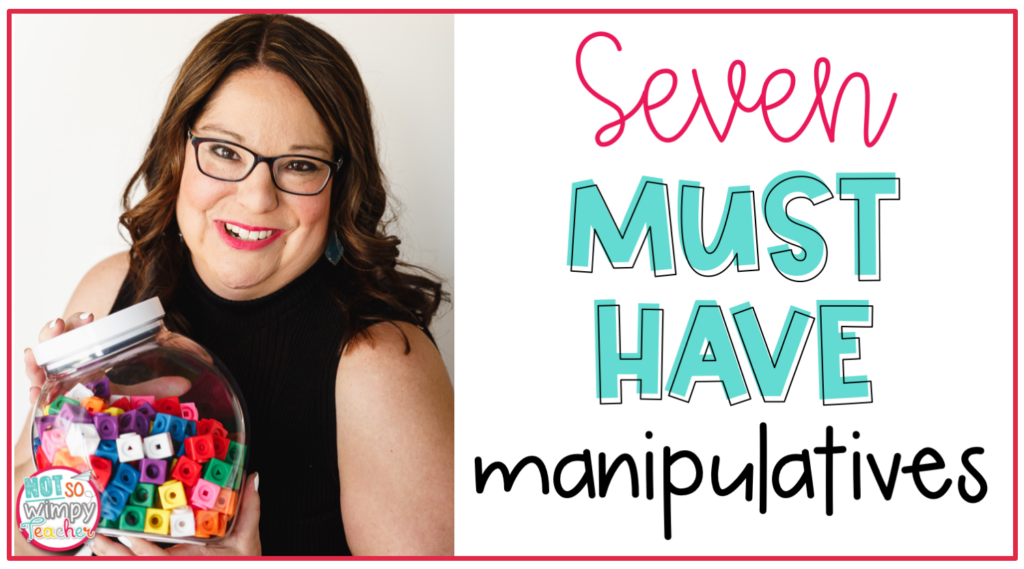
I love manipulatives! They are the best way to help kids understand new math concepts. And there are lots of great options out there. Today, I am sharing my 7 must-have manipulatives and how I use them in the classroom.
How to use math manipulatives
I like to use manipulatives when I am introducing a new concept. Using concrete objects really helps develop conceptual understanding. Kids aren’t ready for abstract ideas right off the bat. When kids can see, touch, and manipulate new math concepts, they are able to make sense of abstract ideas. The manipulatives help bring complicated concepts to life. Math manipulatives help make learning more engaging and also developmentally appropriate.
First, I’ll model math problems with the actual objects. For instance, if I’m teaching kids how to multiply 3 x 4 using equal groups, I will pick something I have in the classroom, like pencils, that we can physically put into three groups of four. The students can actually see the groups of pencils and count the pencils in front of them.
Then we will move on to using manipulatives. Instead of using pencils, I might use shapes. The kids understand that the shapes represent the pencils. Or the sheep or apples or trucks. These must-have manipulatives allow you to build problems with a variety of things you could never have in the classroom.
Once kids understand a concept using manipulatives, we will move on to using pictures instead of concrete objects. This requires a deeper level of understanding. And finally, if students get a concept using pictures, we will move on to algorithms.
Differentiation
But not all kids will move through all these stages at the same time. Some students will not be ready for abstract algorithms and will need to continue to use manipulatives to solve problems.
This is perfectly okay. Manipulatives are a great way to differentiate. If a student can build a problem correctly with manipulatives, you can see that they understand the concept. They just aren’t ready for more abstract thinking yet.
When to use math manipulatives
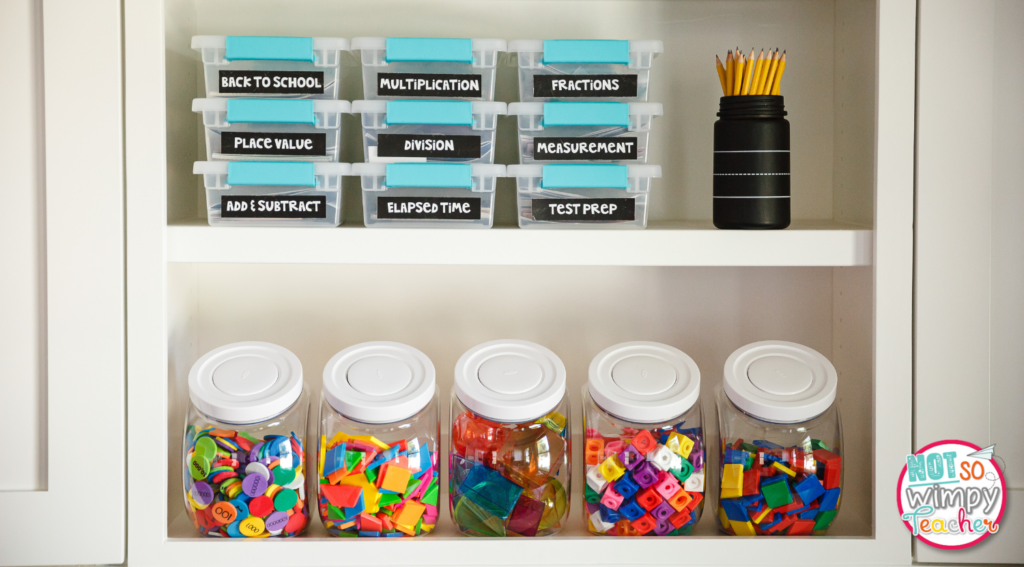
I never use math manipulatives during my whole group lesson. It takes too long to pass out all the materials. It’s difficult for me to see if all the students are using them correctly. And, it invites behavior issues when kids start misusing the manipulatives as toys or distractions.
Instead, I model how to use manipulatives with magnetic or digital manipulatives on the whiteboard. This provides the concrete problem solving that students need without wasting class time or causing distractions.
I allow students to use these must-have manipulatives in small groups. This saves tons of time. I only have to distribute materials to 7 or 8 students instead of 25 or 30. I also don’t need as many manipulatives, which saves money and makes storage easier.
I do prep my manipulatives in advance and create individual sets for each student, but since we are working in small groups, I need fewer than 10 sets.
During small groups it is easy for me to see how students are building problems. I can model again, if needed, and help clear up any misconceptions students are having. Students get a lot more one-on-one instruction in small groups, and I can tailor that instruction to the individual needs of the group. Read more about using small groups in math.
7 Must-Have Manipulatives for Your Math Lessons
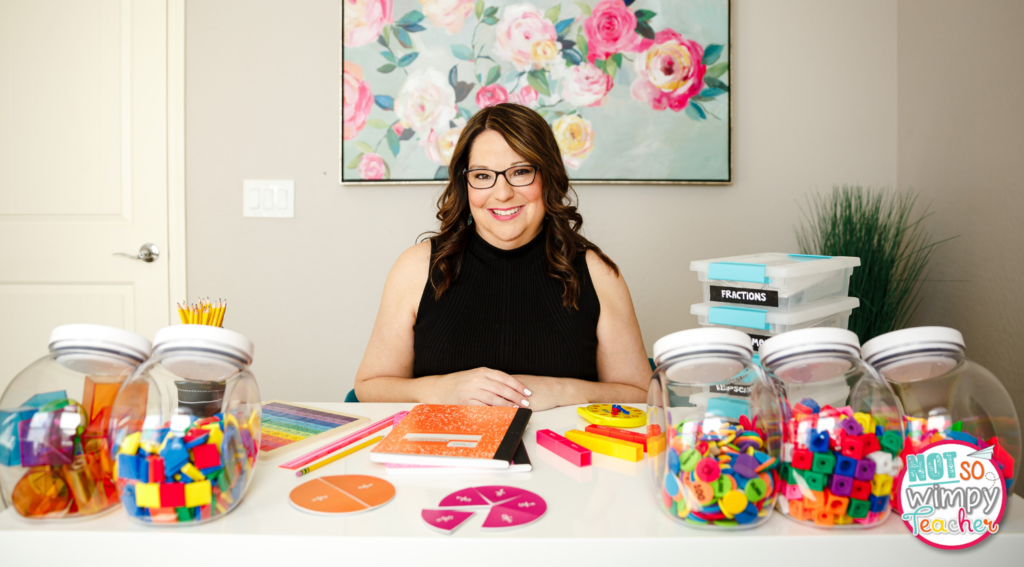
Counters
Counters are helpful for modeling all four operations and are valuable in grades 2-5. You can use simple two-color circles or go with something more fun. There are lots of cute shapes like bears, bugs, and dinosaurs that are easy for students to grab and that make math fun. Plus, these counters come in a variety of colors, increasing the number of ways you can use them. Counters are a must-have in an elementary school classroom.
Plus, counters also make great game pieces for all your math review games!
Shapes
Shapes are another great tool. Not only can you use them to teach geometry, but you can use them in many of the same ways you use counters above. You can model addition, subtraction, multiplication, and divisions.
Shapes are also great for teaching patterns and building graphs. Square tiles can also be used for area and perimeter.
Base Ten Blocks
I can’t imagine teaching place value without base ten blocks. These blocks come in ones (single cubes), tens (a bar of ten single cubes glued together), hundreds (a flat square of ten 10 bars), and thousands (a cube of ten 100s flats).
Students can build problems and physically trade ten ones for one ten and so on. It really helps them see the relationship between numbers and understand why and how to regroup.
Fraction Tiles or Circles
Manipulatives are a must-have for introducing fractions. Fractions are a new and tricky concept for many kids, so it’s important to start off with a concrete understanding. And while these sets can be pricey, I do highly recommend that you pick up enough sets for your small groups. While there are paper versions that kids can cut out themselves, these often wind up a little wonky, and when the measurements aren’t exact, it’s difficult for students to see the relationship between fractions.
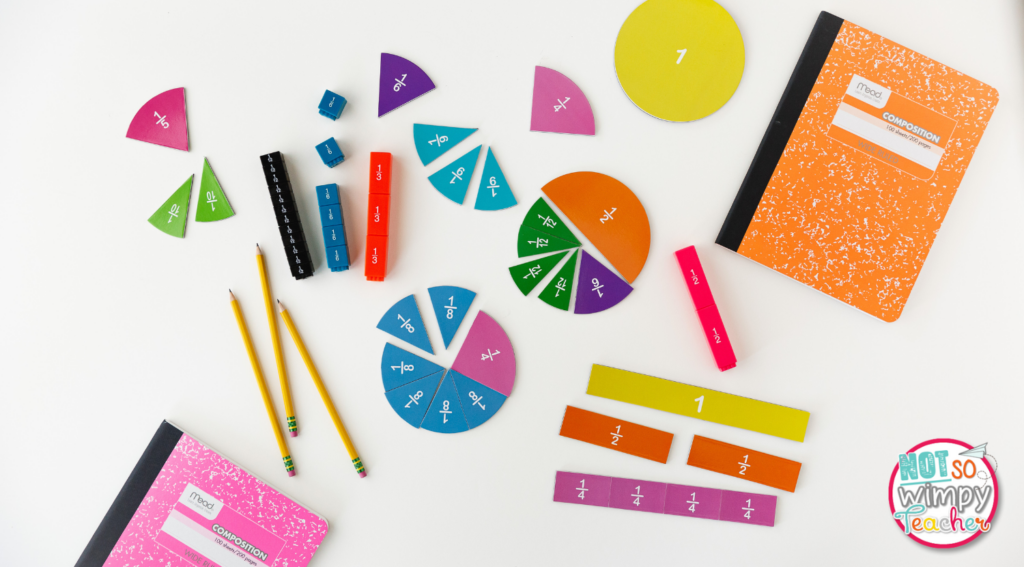
Snap Cubes
Snap Cubes are a colorful collection of interlocking cubes. They come in ten different colors and can be attached to one another on all six sides. Snap cubes can be used to help teach countless math concepts, from simple tasks like counting, sorting, and patterns to more complex ideas like multiplication, area, and graphing. They can even be used to build three-dimensional concepts, like volume and surface area, which are often difficult for kids to visualize.
Money
Money is another great manipulative. Many word problems incorporate money and students are fascinated with money. Having some “real” money, including bills and coins, on hand to count is very helpful.
Clocks
Clocks are also really helpful, especially for grades 2 and 3. Students are learning how to tell time, learning about the quarter hours, and calculating elapsed time. And most kids don’t see analog clocks very often. They need to be able to physically move the hands and to model time and calculate elapsed time.
Other manipulatives
Of course, no classroom would be complete without dice. We use dice for all kinds of games. Dominoes are also fun for a variety of math games. And rulers and yardsticks will be so helpful for your units on measurement. Those paper ones can be tough for kids to manage.
What must-have manipulatives did I forget?
FREE Complete Guide to Organizing Your Math Centers and Manipulatives
Need help organizing all of your math manipulatives? Save time, reduce stress, and eliminate clutter with my simple step-by-step process for prepping, storing, and organizing math materials. My FREE Complete Guide to Organizing Your Math Centers and Manipulatives has everything you need to make it easy for you and your students to find what you need quickly. Plus, FREE math center labels and math manipulative labels are included!
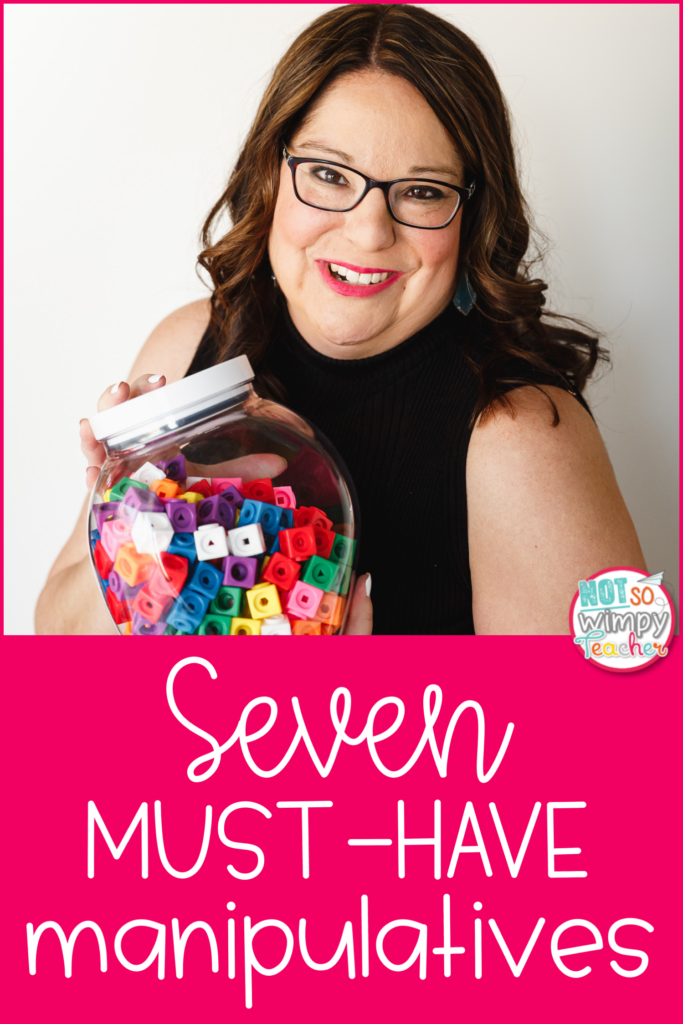
Have a Not So Wimpy Day,

P.S. Need some help figuring out how to store all those manipulatives? You’ll find some great tips for organizing your math materials here. And don’t forget to check out my FREE Complete Guide to Organizing Your Math Centers and Manipulatives.

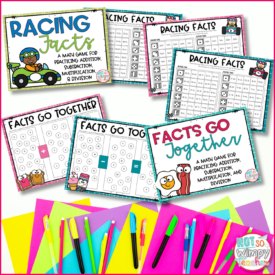
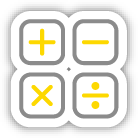

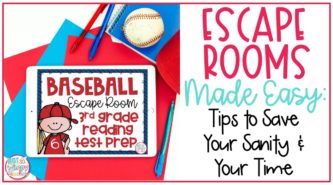
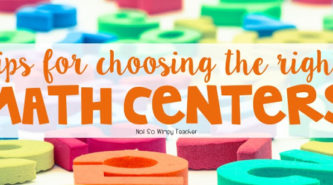
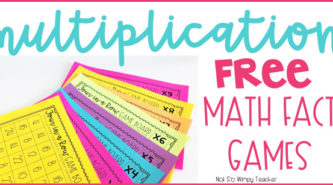











Leave a Comment